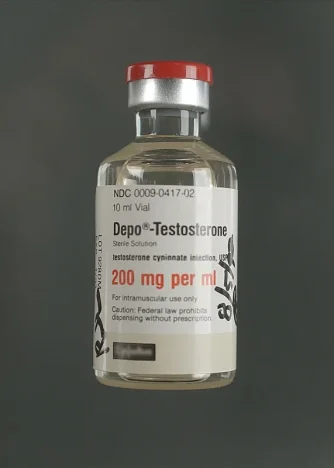Testosterone is a controlled substance in the US, specifically a Schedule-III controlled substance (in all but one State), and this includes any form of testosterone including injectable, transdermal, patches, pellets, and any compound or product containing testosterone as an ingredient.
New York has placed testosterone as a schedule-2 controlled substance, which is regulated even more so than a schedule-3. Schedule 2 drugs usually have the greatest risk of addiction/abuse, typically reserved for drugs like morphine. I am not sure of the logic that placed testosterone within this category in NY.
The amount of a controlled substance that can be dispensed to a patient at one time depends on how the drug is scheduled in addition to the laws of each state where the prescription is filled, the pharmacists’ discretion, and the type of medication.
HCG is a Schedule 3 drug in these 9 states: CA, CO, CT, MN, NV, NY, NC, PA, RI
Controlled substance prescriptions have specific requirements
( FromTitle 21 Code of Federal Regulations 1306.05 manner of issuance of prescriptions. DEA website. https://www.deadiversion.usdoj.gov/21cfr/cfr/1306/1306_05.htm. Accessed July 23, 2017. )
All prescriptions for controlled substances must include the following:
Date prescription was issued
Prescriber’s signature
Patient’s full name and address
Medication name
Strength
Dosage form
Quantity prescribed
Directions for use
Prescriber’s name, address, and DEA registration number.
Pharmacists should consult their state rules to determine whether other prescription requirements exist.
Schedule III and IV controlled substances expire after 6 months.
Schedule III and IV controlled substances cannot be filled or refilled more than 5 times or more than 6 months after the date the prescription was issued, whichever occurs first.
Schedule II prescriptions cannot be refilled by phone or fax (only paper scripts are allowed).
Under federal law, there is no expiration for a Schedule II prescription. However, many states have established time restrictions. In states with no expiration, this becomes a tricky situation and the pharmacist’s professional judgment is extremely important.
What do the different schedules mean?
Schedule I
Schedule I drugs, substances, or chemicals are defined as drugs with no currently accepted medical use and a high potential for abuse. Some examples of Schedule I drugs are:
heroin, lysergic acid diethylamide (LSD), marijuana (cannabis), 3,4-methylenedioxymethamphetamine (ecstasy), methaqualone, and peyote
Schedule II
Schedule II drugs, substances, or chemicals are defined as drugs with a high potential for abuse, with use potentially leading to severe psychological or physical dependence. These drugs are also considered dangerous. Some examples of Schedule II drugs are:
Combination products with less than 15 milligrams of hydrocodone per dosage unit (Vicodin), cocaine, methamphetamine, methadone, hydromorphone (Dilaudid), meperidine (Demerol), oxycodone (OxyContin), fentanyl, Dexedrine, Adderall, and Ritalin
Schedule III
Schedule III drugs, substances, or chemicals are defined as drugs with a moderate to low potential for physical and psychological dependence. Schedule III drugs abuse potential is less than Schedule I and Schedule II drugs but more than Schedule IV. Some examples of Schedule III drugs are:
Products containing less than 90 milligrams of codeine per dosage unit (Tylenol with codeine), ketamine, anabolic steroids, testosterone
Schedule IV
Schedule IV drugs, substances, or chemicals are defined as drugs with a low potential for abuse and low risk of dependence. Some examples of Schedule IV drugs are:
Ambien, Tramadol
Schedule V
Schedule V drugs, substances, or chemicals are defined as drugs with lower potential for abuse than Schedule IV and consist of preparations containing limited quantities of certain narcotics. Schedule V drugs are generally used for antidiarrheal, antitussive, and analgesic purposes. Some examples of Schedule V drugs are:
cough preparations with less than 200 milligrams of codeine or per 100 milliliters (Robitussin AC), Lomotil, Motofen, Lyrica, Parepectolin







